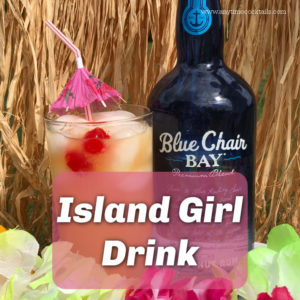

In general, arak drinkers prefer to consume it this way, rather than alone. Arak is commonly served with mezza, which may include dozens of small traditional dishes. This results in an emulsion whose fine droplets scatter the light and turn the liquid translucent, a phenomenon known as louching. This dilution causes the clear liquor to turn a translucent milky-white color this is because anethole, the essential oil of anise, is soluble in alcohol but not in water. The mixture is then poured into ice-filled cups, usually small, but can be consumed in regular sized cups too. Īrak is a stronger flavored liquor, and is usually mixed in proportions of approximately one part arak to two parts water in a traditional Eastern Mediterranean water vessel called an ibrik (Arabic: إبريق ibrīq). Related products include rakı, absinthe, ouzo, pastis, sambuca, and aragh sagi.Īrak is the traditional alcoholic beverage in Western Asia, especially in the Eastern Mediterranean countries of Syria, Lebanon, Iraq, Jordan and Palestine. Rakı, mastika, and ouzo are aniseed-flavored alcoholic drinks, related to arak, popular in Turkey, North Macedonia, Bulgaria, Cyprus and Greece respectively. Another similar-sounding word is aragh, which in Armenia, Iran, Azerbaijan and Georgia is the colloquial name of vodka, and not an aniseed-flavored drink. Arak is not to be confused with the similarly named liquor, arrack (which in some cases, such as in Indonesia-especially Bali-also goes by the name arak). Its pronunciation varies depending on local varieties of Arabic. The word arak comes from Arabic ʿaraq ( عرق, meaning 'perspiration').

Aniseeds are the seeds of the anise plant, and when crushed, their oil provides arak with a slight licorice taste. This suggests that arak was consumed by Muslim Arabs, who it seems did not universally abide by the Islamic prohibition of the consumption of alcohol during the 12th Century, and who in turn spread the drink to the areas where they settled.Īrak is traditionally made of only two ingredients, grapes and aniseed. However, the distribution of arak and its derivatives - ranging from rakija in the Balkans to arrack in Indonesia and Malaysia - closely follows the pattern of the Arab-Islamic conquests, and in each of these locales the distilled alcohol is used as a beverage. As the vast majority of Arabs were Muslim at that time, the original usage of the distilled alcohol might have been for the production of perfumes and kohl, a cosmetic. Arak evolved from the Arab invention of alembic distillation in the 12th century.


 0 kommentar(er)
0 kommentar(er)
